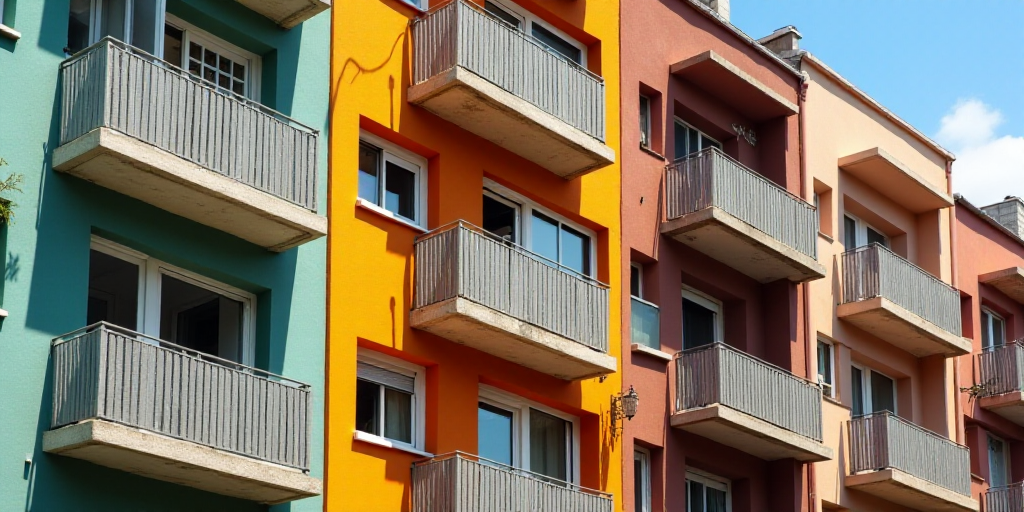Background and Context
Over the past decade, Mexico City has experienced transformative events that have altered its residents’ lifestyles. These include the 2017 earthquake and the 2020 pandemic, both of which have significantly impacted housing amidst public policies and debates against gentrification.
Rental Growth Before, During, and After the Pandemic
According to a study by the Red for the Rescue of Housing (Revive) of the Rental Housing Association (AVER), average annual rent growth from 2016 to 2019 was around 7%.
With the onset of confinement in 2020, nominal rents experienced a 10% reduction between 2020 and 2022. However, the subsequent recovery was rapid. In the post-pandemic phase (2023-2025), annual nominal rent growth reached 12%.
“From 2022 to 2024, rents skyrocketed, stabilizing by the end of 2024, primarily due to supply shortages and insufficient construction,” said Carlos Valladares, Revive’s spokesperson.
Social Costs of the Pandemic Crisis
A survey conducted by the Institute of Social Research at UNAM and the International Coalition for Habitat revealed that 55% of interviewees faced difficulties paying rent or mortgage due to job loss, decreased income, or health issues. Moreover, 32% had to relocate.
The Case of Condesa
The 2017 September 19 earthquake left a mark with dozens of collapsed or damaged buildings in alcaldías like Benito Juárez and Cuauhtémoc. Some were part of the Mexico City Reconstruction Program.
However, researchers from the Autonomous Metropolitan University found that restructuring old buildings, commercial centers, middle- to high-class housing, and offices are part of the gentrification process in the Condesa area.
“The reconstruction raises questions about urban planning, the direction of urban policies, disaster risk management, and the role of private capital,” according to their analysis.
Underlying Causes
Valladares highlighted that after a pandemic-induced drop, rents in Condesa have shown recovery, surpassing inflation since mid-2023: “A 33% increase over 24 months clearly indicates high demand in one of the city’s most attractive areas.”
While reconstruction processes and increased appeal of certain neighborhoods post-pandemic have accelerated rent hikes, AVER emphasized that the problem’s root cause is deeper.
“Areas with prime locations and new infrastructure are capitalizing on demand, but it’s crucial to note that price increases stem from housing shortages, insufficient construction, or lack of new projects rather than gentrification or displacement phenomena,” the organization stated.






